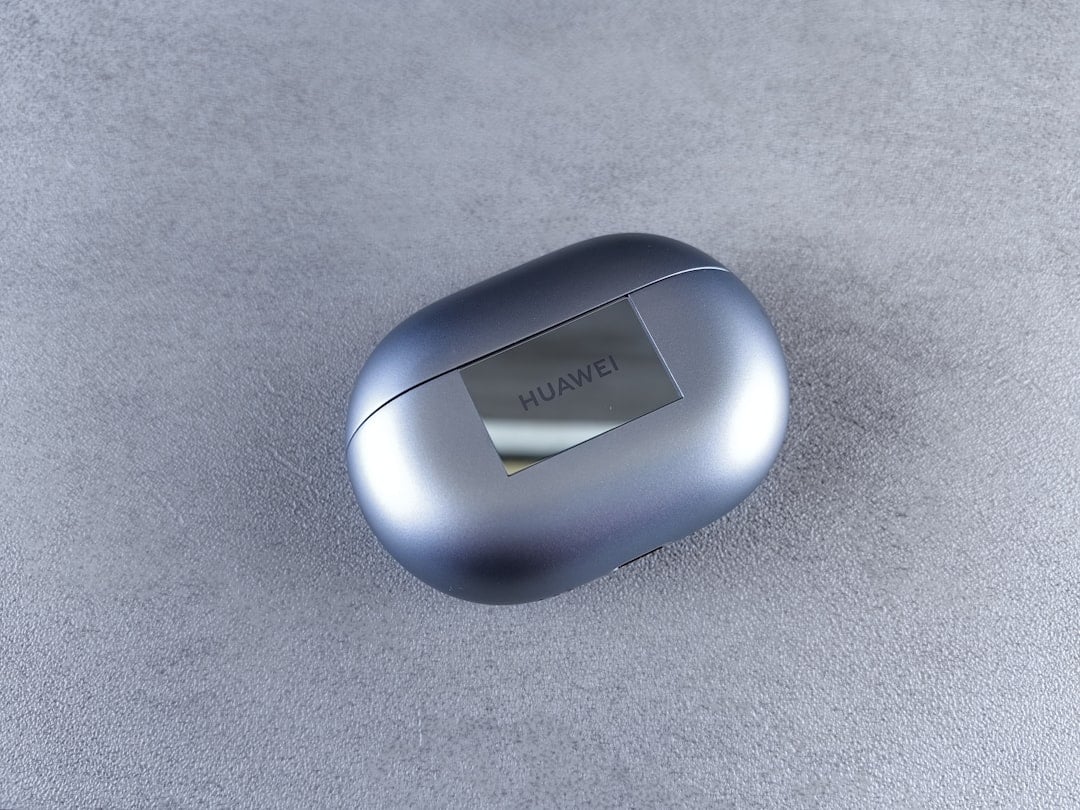Technology
Researchers Expose “Mic-E-Mouse” Attack Using Gaming Mice

Researchers at the University of California, Irvine, have unveiled a novel security threat known as “Mic-E-Mouse.” This side-channel attack exploits high-DPI optical mouse sensors to capture desk vibrations, effectively transforming a standard gaming mouse into a covert listening device. By employing advanced signal processing techniques and machine learning, attackers can significantly enhance audio clarity, enabling the reconstruction of nearby conversations.
This innovative attack highlights the capabilities of high-precision mice, which are commonly rated between 10,000 and 20,000 DPI. These peripherals are frequently used in both corporate and home environments for latency-sensitive applications and games that require rapid pointer updates. The implications of such an attack are profound, as it allows for stealthy eavesdropping without the need for traditional microphones or operating system permissions.
Mechanics of the Mic-E-Mouse Attack
The process begins with the collection of raw motion data from optical sensors while audio playback occurs nearby. The data, initially distorted by various factors such as nonuniform sampling and frequency response limitations, undergoes a multi-stage filtering process. This pipeline not only reduces noise but also compensates for artifacts in the sampling, applying machine learning algorithms to reconstruct the audio. Researchers have reported improvements in signal quality by as much as 19 dB, achieving speech-recognition accuracy sufficient for intelligence gathering.
Notably, the attack does not require privileged access to the operating system’s audio APIs. Instead, it relies solely on the ability to collect and transmit Human Interface Device (HID) or mouse packet data. This means that any environment utilizing high-fidelity mice alongside software capable of capturing or forwarding high-frequency input could be vulnerable. This includes corporate workstations, executive desktops, and remote work setups, where sensitive conversations could be reconstructed without direct microphone access.
Defensive Measures Against Eavesdropping
In light of the Mic-E-Mouse findings, security experts recommend treating this method as an expansion of existing data-exfiltration threat models. Organizations should implement layered security controls to mitigate risks.
To begin with, reducing data availability is crucial. Companies can enforce policies that limit pointer polling rates to reasonable levels for business applications and scrutinize software that requests high-frequency HID sampling. Additionally, monitoring applications that transmit raw HID packets can help identify unusual telemetry flows to external endpoints.
Endpoint hardening techniques are also essential. Organizations should consider application allow-listing, implement stricter Endpoint Detection and Response (EDR) rules for unexpected software, and establish USB device control policies to limit unverified peripherals.
Physical and procedural controls can further enhance security. Using vibration-damping mouse pads or positioning sensitive conversations away from desks equipped with high-DPI mice may reduce risks. Providing lower-sensitivity mice for meeting rooms and executives can also be a prudent measure.
Lastly, engaging with peripheral manufacturers to encourage the development of firmware-level noise generation and the documentation of APIs can help operating systems better manage high-frequency sampling.
The emergence of Mic-E-Mouse reflects a broader trend in which the proliferation of sensitive and affordable sensors allows everyday devices to unintentionally become sources of information leakage. As such, security programs must adapt to include physical-layer telemetry in their threat models and address the vulnerabilities presented by untrusted software that exploits seemingly innocuous device APIs.
As technology evolves, so too must our strategies for safeguarding sensitive information in an increasingly connected world.
-

 Technology4 months ago
Technology4 months agoDiscover the Top 10 Calorie Counting Apps of 2025
-

 Health2 months ago
Health2 months agoBella Hadid Shares Health Update After Treatment for Lyme Disease
-

 Health3 months ago
Health3 months agoErin Bates Shares Recovery Update Following Sepsis Complications
-

 Technology3 weeks ago
Technology3 weeks agoDiscover 2025’s Top GPUs for Exceptional 4K Gaming Performance
-

 Technology2 months ago
Technology2 months agoElectric Moto Influencer Surronster Arrested in Tijuana
-

 Technology4 months ago
Technology4 months agoDiscover How to Reverse Image Search Using ChatGPT Effortlessly
-

 Technology4 months ago
Technology4 months agoMeta Initiates $60B AI Data Center Expansion, Starting in Ohio
-

 Technology4 months ago
Technology4 months agoRecovering a Suspended TikTok Account: A Step-by-Step Guide
-

 Health4 months ago
Health4 months agoTested: Rab Firewall Mountain Jacket Survives Harsh Conditions
-

 Lifestyle4 months ago
Lifestyle4 months agoBelton Family Reunites After Daughter Survives Hill Country Floods
-

 Technology3 months ago
Technology3 months agoUncovering the Top Five Most Challenging Motorcycles to Ride
-

 Technology4 weeks ago
Technology4 weeks agoDiscover the Best Wireless Earbuds for Every Lifestyle





















